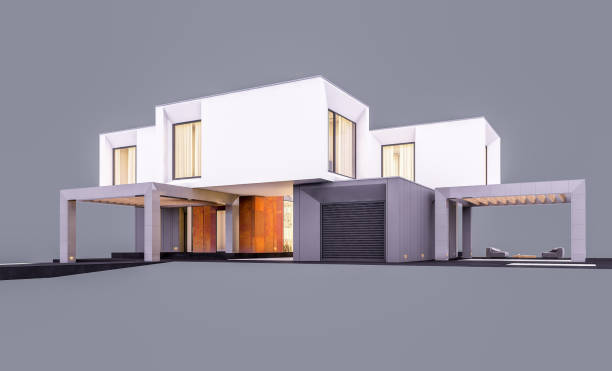
What are the main uses of Architectural Models
Architectural models serve various purposes throughout the design and construction process. They are valuable tools for architects, clients, and other stakeholders involved in a project. Here are some of the main uses of architectural models:
Design Exploration: Models help architects visualize and test their design ideas, enabling them to explore various options, refine concepts, and identify potential issues before construction begins.
Communication: Models are an effective way to communicate design concepts to clients, investors, and other stakeholders, making it easier for them to understand and visualize the project.

Collaboration: Architectural models facilitate collaboration among various disciplines involved in a project, such as engineers, landscape architects, and interior designers. Models help identify potential clashes or coordination issues between different elements, ensuring a more efficient and integrated design process.
Presentation and Marketing: Models are often used to showcase a project’s design and aesthetics, making them valuable tools for presentations, competitions, and marketing materials. An eye-catching model can generate interest and excitement for a project, attracting potential investors or buyers.
Planning and Approval: In some cases, architectural models may be required for regulatory approvals, such as zoning or planning permits. These models can help demonstrate compliance with local building codes and regulations, and they may be used during negotiations with planning authorities.
Construction Reference: Architectural models can serve as a reference during the construction process, helping contractors and builders understand the intended design and providing guidance for key details and elements.

Education and Training: Models are often used in architectural education and training to help students develop their design skills, understand spatial relationships, and learn about construction techniques and materials.
Public Engagement: For large-scale or public projects, architectural models can be displayed in public spaces or exhibitions to inform the community about the proposed development and gather feedback.
Historical Documentation: Architectural models can be preserved as historical documentation of a building or structure, providing insight into the design process and architectural styles of a particular era.
In summary, architectural models are versatile tools that play a crucial role in the design and construction process, serving as a means of exploration, communication, collaboration, presentation, and documentation.




0 تعليقات
اكتب تعليق